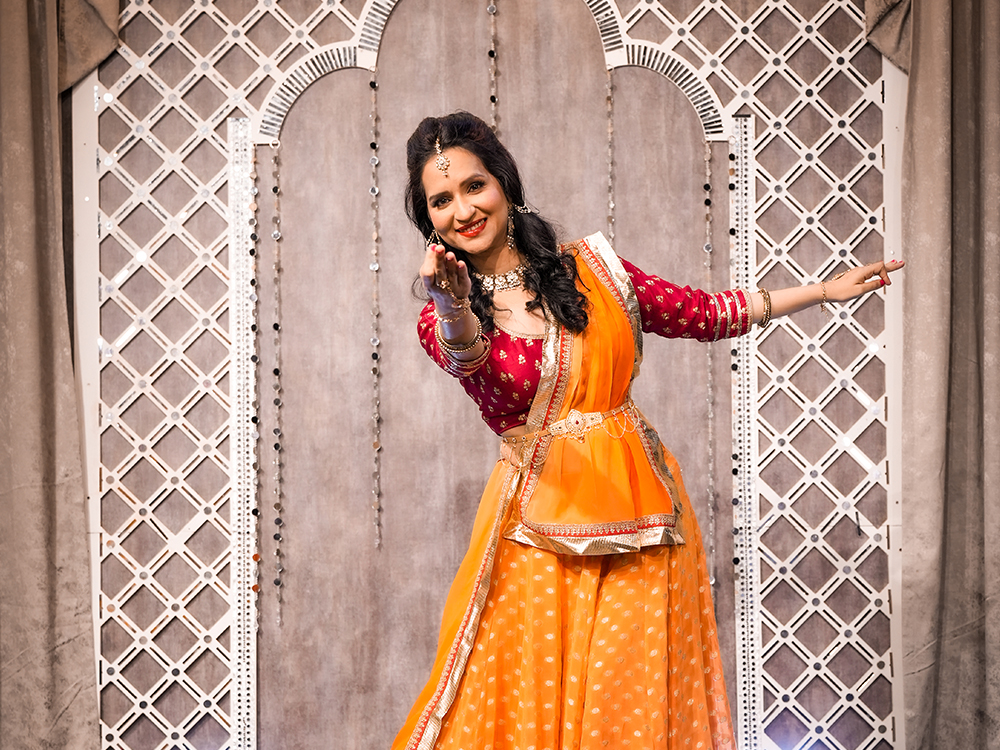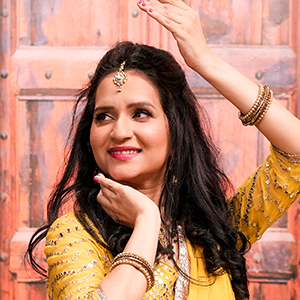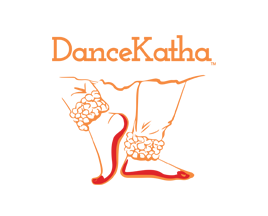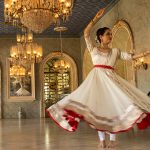Gharanas of Kathak

There are few schools of Kathak which have been responsible for making Kathak popular in modern times. The most popular Gharanas amongst them are Lucknow, Benares & Jaipur Gharana.
The word ‘gharana’ means house. Due to the coming of the British Raj, and the perception of kathak dancers as nautch girls that was held during the Mughal era, kathak gradually declined in the nineteenth century. The traditions and art were, however, kept alive by certain families and passed down orally. This resulted in the formation of three distinct forms of the dance, named after the cities in which they originated Lucknow, Banaras, and Jaipur. Every Gharana is known for its distinct style of dancing.
The Lucknow Gharana developed in the courts of the Nawab of Oudh in Lucknow, Uttar Pradesh. It particularly emphasizes grace, elegance, and naturalness in the dance. The exponents of this Gharana, Birju Maharaj, Shambhu Maharaj, and Lachhu Maharaj were all famed for the naturalness and innovativeness of their abhinaya. Lucknow Gharana follows the Lasya style which is inspired by goddess Parvati. Abhinaya (expressions), and bhavas (emotions) acting, especially improvised, play a very strong role in this style. Thumris are a very popular part of Lucknow Gharana.
Banaras Gharana was developed by Janakiprasad and is often called the Janakiprasad Gharana. He had three main disciples: Chunnilal, Delhi Ram, and Ganeshilal, who passed down the dance to their children. Sitara Devi & late Gopi Krishnaji are the most famous exponents of this gharana.
Banaras Gharana is characterized by the exclusive use of the natwari or dance bols, which are different from the tabla and the pakhawaj bols. There are differences in the Thaat and Tatkaar, and Chakras are kept at a minimum but are often taken from both the right- and the left-hand sides with equal confidence. There is also a greater use of the floor, for example, in the taking of sum. Prayers and stories of Lord Krishna and Shiva are used. It imbibes both Tandav and Lasya styles of dancing.
The Jaipur Gharana was developed in the courts of the Kachchwaha kings of Jaipur in Rajasthan. In Jaipur Gharana, Importance is placed on the more technical aspects of dance, such as complex and powerful footwork, multiple spins, and complicated compositions performed in different talas. There is also a greater incorporation of compositions from the Pakhawaj. It imbibes more of the Tandav Style of dancing.
There is also a lesser popular Gharana yet significant in its style which is known as Raipur Gharana. This was established by the Maharaja Chakradhar Singh in the princely state of Raigarh in Chhatisgarh in the early 20th century. The Maharaja invited many luminaries of Kathak (as well as famous percussionists) to his court, including Kalka Prasad (the father of Acchan, Lacchu, and Shambhu Maharaj) and his sons, and Pandit Jailal from Jaipur Gharana. The confluence of different styles and artists created a unique environment for the development of new Kathak and tabla compositions drawn from various backgrounds.
In the early part of the last century, it indicated that gurus mostly taught within their own families; but that started changing by the 1950s, and the gharana lineage started opening up to students outside the home. Today different exponents of Gharanas collaborate with each other and share their deep knowledge of Kathak. This is a time when Kathak knowledge is flowing for everyone. It’s imperative to know one style properly and then look into other Gharanas for more knowledge.
About The Author

Riddhi Mapxencar
DanceKatha Founder




